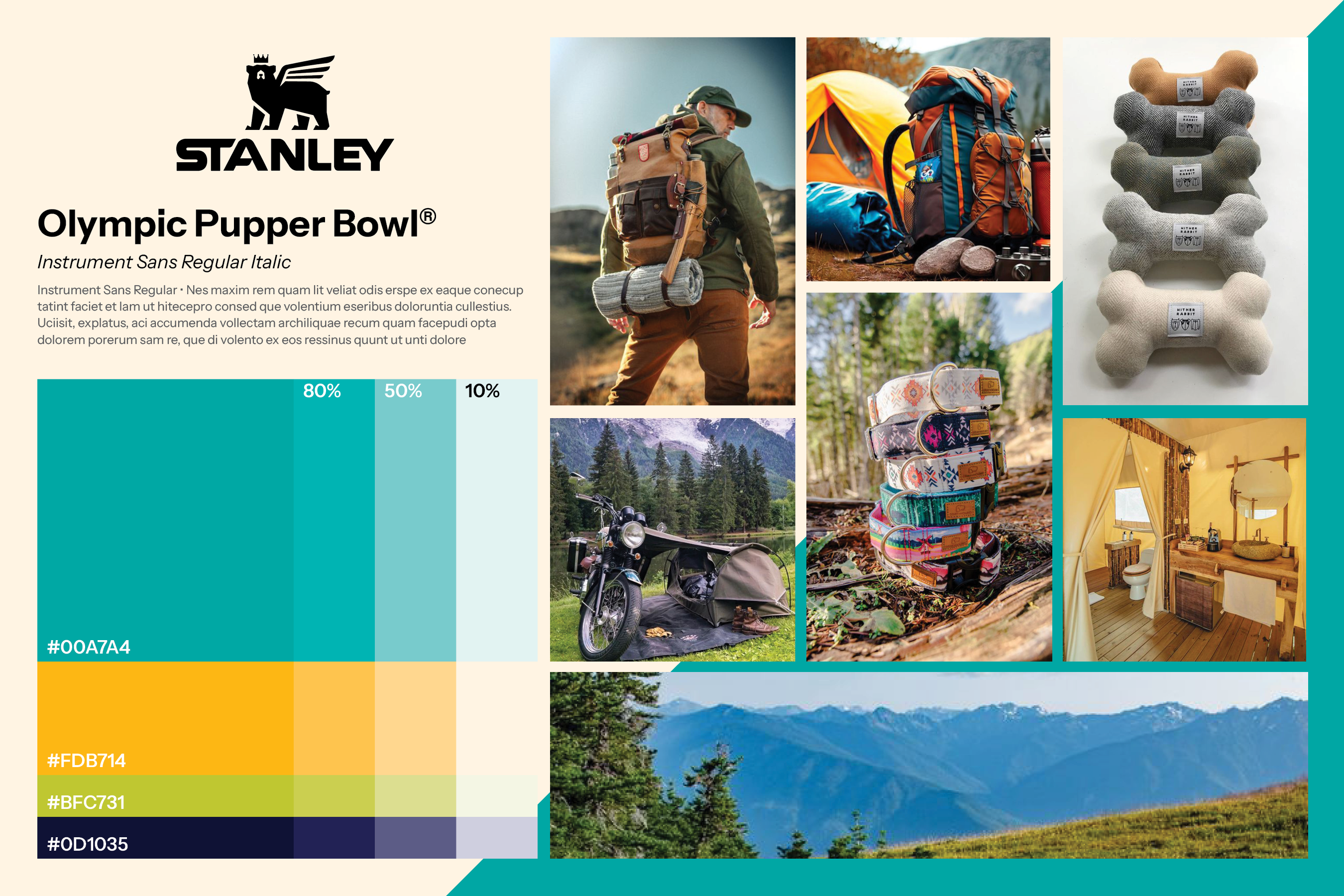spring 2024
We started off with an idea for a more subdued, drama-driven story-line involving a couple who had recently broken up and were meeting at a park to return things that their ex-partner left at their respective houses. The thumbnail description of this story was enough to sufficiently bum out our teachers, who suggested we work up one of our fall-back ideas: a noir story about a paranoid detective, trying to piece together a case based on the clues given by the post-it notes.
I find that writing within a genre is pretty easy, especially when the genre is as rich with tropes and cliche as film noir seems to be. I was able to hammer out a script over the first weekend, which Jenny edited. The following week, I wrote a treatment and storyboard. Jenny made a mood-board and assembled various printed material for the shoot (pictures on the walls, a newspaper, a name plate, a family photo, and a ransom note). David reserved the studio space and all the equipment and props we needed, and started to plan the shoot in advance. David and I made the shooting schedule and shot list by looking at the script and storyboards and trying to figure out the most efficient way to shoot the film. This turned out to be a huge time-saver for me: I ended up doing a lot of the directing, and having the visual cues of the storyboard frames next to a description of the shots was super helpful in organizing the shoot and keeping things moving. Jenny and David recorded their voice-over parts the day before the shoot.
We only had a few hours on Saturday to get the set ready and shoot. We couldn’t get into the building until about 10:30am, so we were feeling pressed for time. But it wasn’t very stressful. I know that I can rely on Jenny and David to pull their weight; they like to be part of a team and when they see something that needs to be done, they do it. That motivates me in return. David did the lion’s share of the acting, as well as setting up the camera and lighting. We all worked on building and tearing down the set.
This project was way more fun and less stressful than I thought it would be, and I think that’s mostly because I had such awesome teammates.
